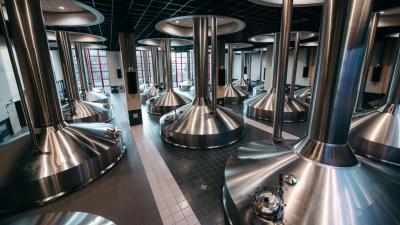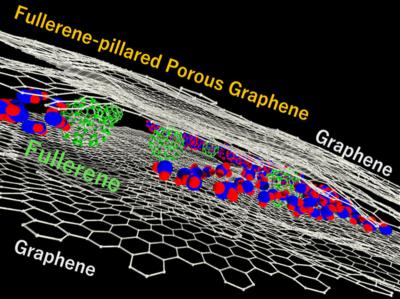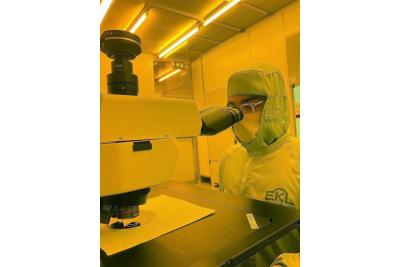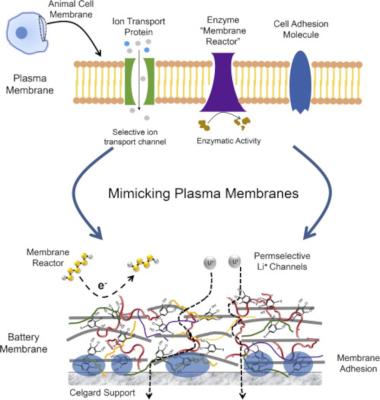Researchers develop bioinspired reinforced graphene membranes that overcome mechanical limitations
Researchers from Peking University, Beijing Normal University and KU Leuven recently reported a novel method to substantially reinforce large-area graphene membranes. Their work provides a facile method to fabricate large-area graphene membranes and paves the road to practical application in the membrane separation field.
Nanoporous graphene membranes are attractive for molecular separations, but it remains challenging to maintain sufficient mechanical strength during scalable fabrication and module development. In this work, the team drew inspiration from the composite structure of cell membranes and cell walls, and designed a large-area atomically thin nanoporous graphene membrane supported by a fiber-reinforced structure with strong interlamellar adhesion. It was found that factors like fracture stress, fracture strength, and tensile stiffness of the composite membranes can be enhanced compared with other graphene-based membranes of large scale.





